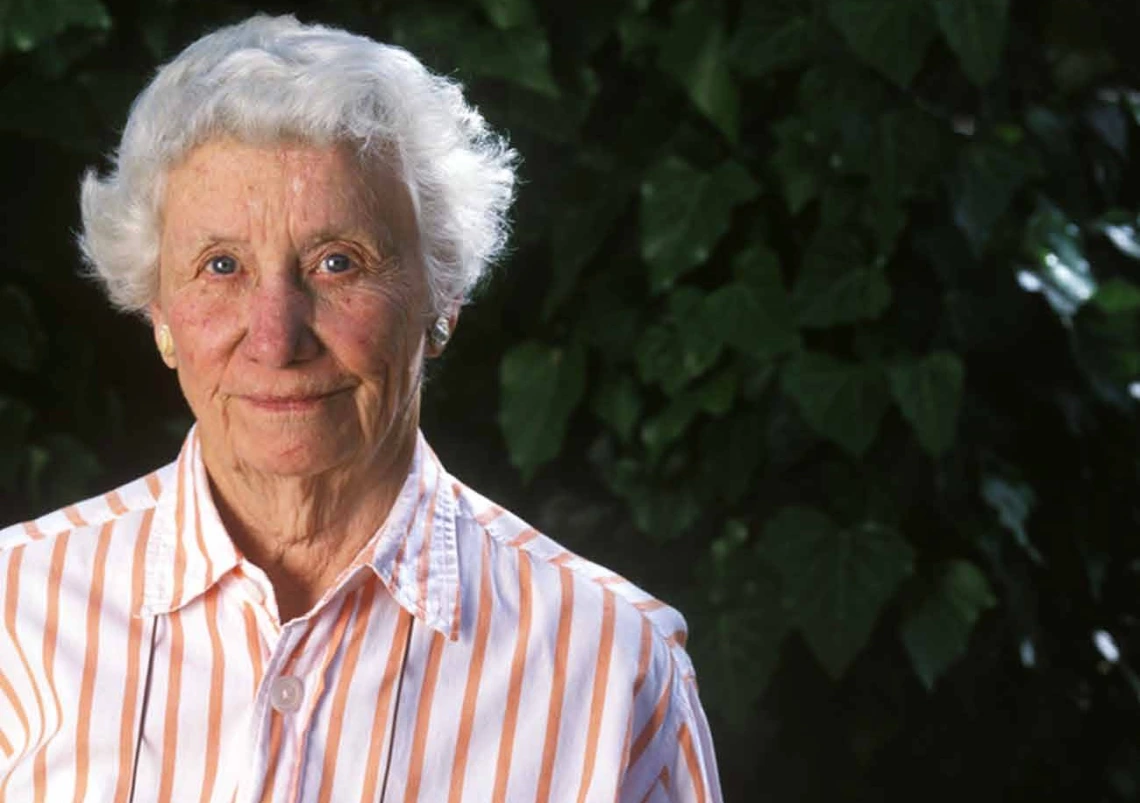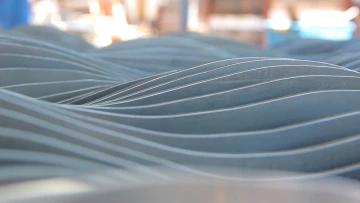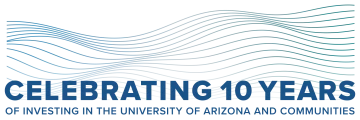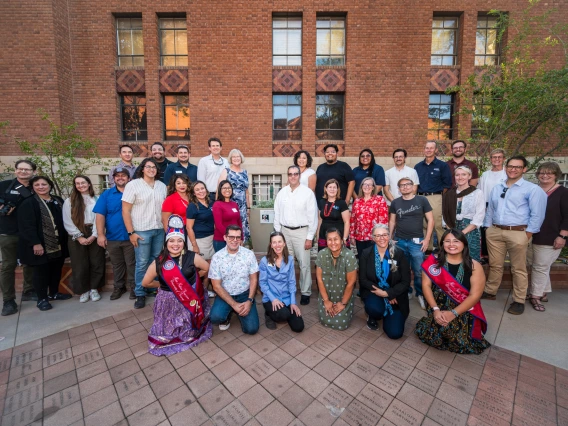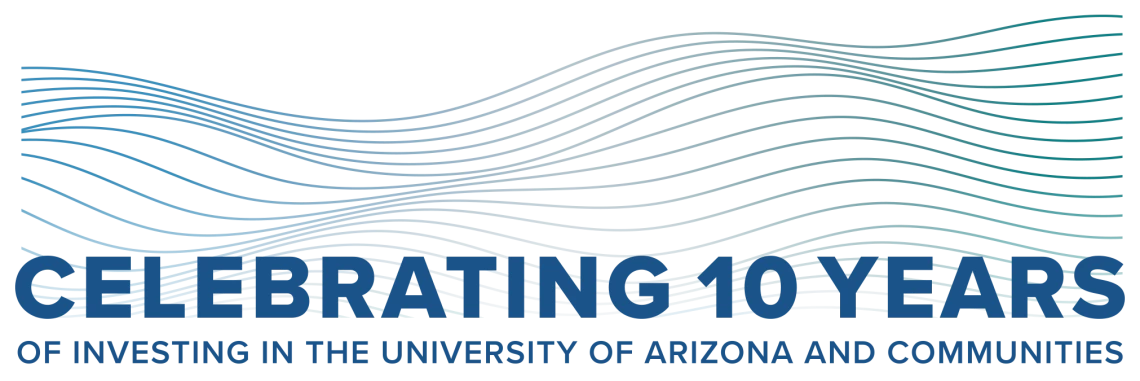
As a University-based funder, program and people supporter, tribal and community engagement partner, and a cross-University liaison, the Haury Program is unique: no other such program exists at the University of Arizona, in Arizona, or, we believe, in the nation. (We refer to ourselves as a kumquat – neither apple nor orange). The Haury Program is now a part of the Arizona Institute for Resilience (AIR), where researchers, educators, problem-solvers, and innovators from diverse disciplines work together to develop innovative and practical solutions to the resilience challenges we face today.
Between 2014 and 2019, the Haury Program focused on multi-cultural scholarship and community building to promote and build capacity for wider social and environmental justice projects. This work included supporting numerous faculty fellows and students, awarding Seed and Challenge grants to the University-community partnerships with transformational impacts, and well as providing technical assistance, resources, and trainings to the awardees and the community. Some of our projects included supporting community-led research on the Gold King Mine spill on the Navajo Nation, A Student’s Journey, a program focusing on establishing pathways for Native American students from Tohono O’odham Community College to the University, La Siembra, a community farm in Midtown, Tucson by Flower & Bullets Collective, and helping to bring the world-renowned Dr. Noam Chomsky to the University of Arizona.
In 2020, the Haury Program pivoted and refocused on envisioning a world in which tribal resilience, sovereignty, and ways of knowing are respected and advanced to meet adverse weather events challenges through globally impactful University of Arizona collaborations in research, education, and outreach. In order to implement our vision, our Tribal Resilience Initiative work and funding since 2020 have been centered on three focus areas:
The first focus area includes funding education, research, and outreach that promote resilience goals of federally-recognized tribes in ways that respect tribal knowledge and sovereignty. A powerful example is our work to co-establish and support the University of Arizona Indigenous Resilience Center (IRes).
The second focus area is supporting and expending educational programs and academic pathways at the University of Arizona for students, faculty and staff that advance tribal resilience, which includes supporting several student-serving nodes at the University, and partnerships with tribal colleges. The many programs we support at the University include Native American Advancement and Tribal Engagement (NAATE), Native American Initiatives (NAI), Native American Student Affairs (NASA), Indigenous Peoples Law and Policy Program (IPLP), Justice Advocates Coalition, University of Arizona American Indian Science and Engineering Society (AISES) Chapter, and Cultural & Inclusive Experiential Learning Opportunities (CIELO). We also directly support graduate level researchers working on resilience issues through our Resilience Graduate Research Awards. Most recently, we established a new grant program to open more pathways to the University of Arizona hrough University - tribal colleges partnerships.
The third focus area of our work is building and fostering strong, trust-based external partnerships, including working directly with federally-recognized tribes. For example, we partner with the Navajo Nation and other entities on the Water Access Coordinator Group in effort to bring running potable water to Navajo families. We also helped to successfully move the Navajo Nation water library – an invaluable collection of water history, treaties, studies, maps and more – from an insecure location on the Navajo Nation to safekeeping at the University of Arizona College of Law. The collection is being digitized now, to assure it continues to be an intact, living, repository of Navajo water knowledge. We are also a sponsor of the national AISES conferences and of the Arizona Indian Nations and Tribes Legislative Days, and one of the organizers of the coalition with the Arizona Department of Education – Office of Indian Education, which spearheaded new state legislation supporting “Natives Who Code”, i.e. a state-wide program dedicated to co-creating a computer science curriculum with Arizona tribes.
There is more; for example, we supported the University of Arizona’s creation of the first-ever tribe-based micro-campus, and the teaching visit of the United Nations Special Rapporteur on Indigenous Human Rights. We also sponsored an educational program on Supreme Court law that involves tribal rights.
The Haury Program seeks to deepen its impact in other ways by developing ties to philanthropic and other entities that share our mission, and serving as a communication hub for our shared work and goals. In all of this work, we underscore the principles of respect, reciprocation, and relationships that all philanthropies should honor when seeking to lend their financial support to tribal nations.
The image we selected to mark this year of celebrating our 10th Anniversary is entitled “Coalescence.” It is built on a physical piece of art that was commissioned and installed above the entrance into the Mrs. Haury Lecture Hall in ENR2 in 2017, in honor of Mrs. Haury and her legacy. The art represents the joining or merging of elements to form one mass or a whole to make a bigger impact. This is exactly what the Haury Program is dedicated to achieve through all of its work.
“Coalescence” Artist statement:
“In chemistry and physics, coalescence describes the same laws of nature as the term "constructive interference." I like the importance of coalescence in the formation of raindrops. The smaller particles come together to form drops. The drops, too heavy to stay in the cloud upon achieving critical mass, release, and contact the water to create a ripple (impact and effect). The undulating waves from multiple impacts come together, coalesce, as Mrs. Haury’s legacy brings together individuals uniting for the common goal of social justice.”
As we are looking back to celebrate the ten years of our work, we are also looking forward. In 2024, our Donor-Advised Fund Board approved continuation of the Tribal Resilience Initiative for another 5-year period. We are excited to see many of the projects we supported through the first ten years continue to thrive, and are looking forward to the upcoming years of investing in the University of Arizona and communities.
Please join us in this work, as we all have a role to play:
- If you are at the University of Arizona, consider joining efforts to implement the Native American Initiatives’ Strategic Plan in all four of its aspects.
- If you are a student, faculty, staff, or program at the University of Arizona, please consider working with us via our granting programs and collaborations.
- If you are a philanthropic organization looking to invest into Tribal Resilience, tribal communities, or academic pathways relevant to federally-recognized tribes at the University of Arizona, we would love to connect!

